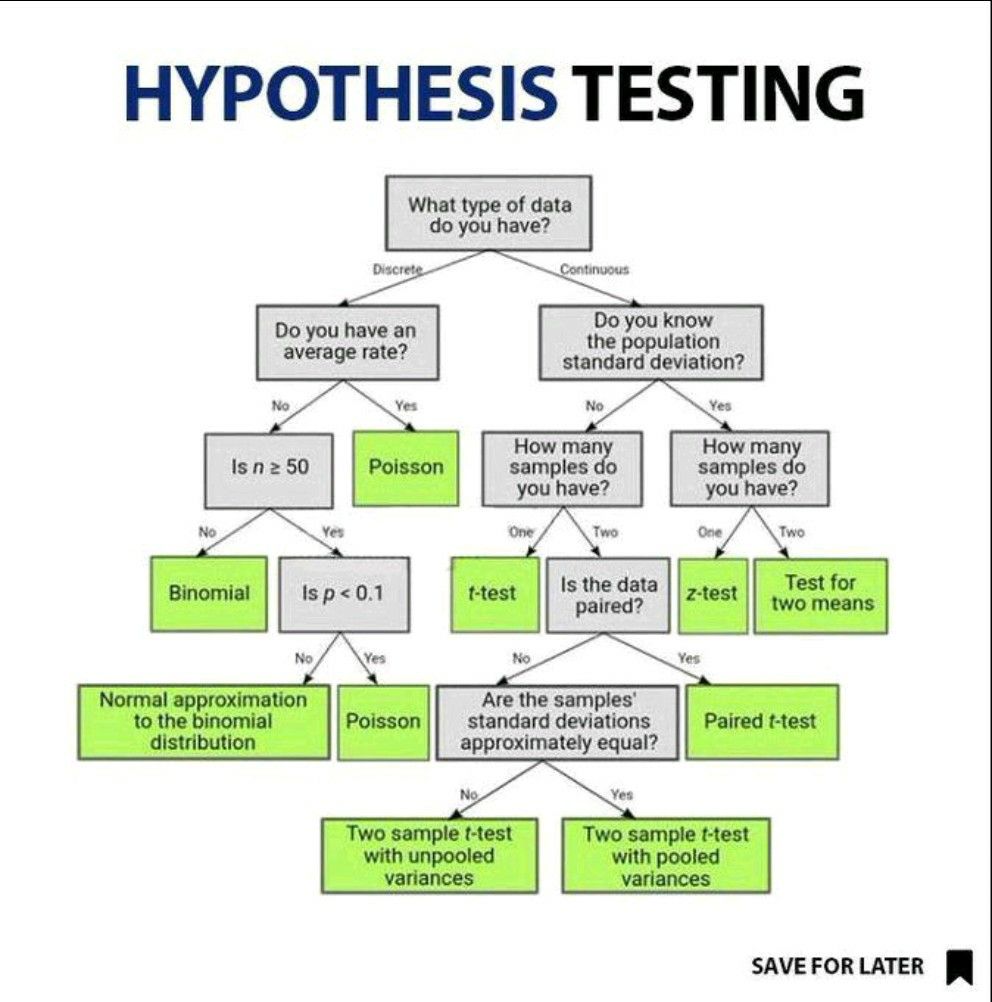How to...
-
How to design KASP primers for LGC:
-
All KASP primers generally have a minimum length of 20 base pairs, some primers however may have to be longer depending on whether it meets the algorithms assay design criteria. -
We can only incorporate a maximum of 1 degenerate bases per sequence -
The recommended maximum distance between the common and reverse primers is about 80 base pairs. -
The only IUPAC codes that we can accept for assay design is M,R,W,S,Y and K
-
-
How to install tensorflow with GPU support on windows:
- Update NVIDIA driver
- Install Visual Studio https://visualstudio.microsoft.com/thank-you-downloading-visual-studio/?sku=Community&rel=16
- Restart computer
- Install cuda toolkit https://developer.nvidia.com/cuda-downloads. (NB. It's possible this step (and steps 2-3) may not be necessary. See below)
- Install Anaconda
- Go to the "Start menu" find the "Anaconda3" item and then click on the "Anaconda Powershell Prompt"
- Run:
conda update conda conda update anaconda conda update python conda update --all conda create --name tf-gpu #Now exit from the Powershell you are using and then open a new one before you activate the new "env". conda activate tf-gpu #NB. the line below appears to install cuda in addition to cudnn. Perhaps the windows installation is required to add the cuda paths. That could probably be done manually. You can manualy edit the path in Windows by typing 'path' in the start menu and selecting editing the system environmental variables. conda install -c conda-forge cudnn conda install pip pip install --upgrade pip --user pip install --upgrade tensorflow --user conda install ipykernel jupyter #below is optional conda install -c anaconda tensorboard python -m ipykernel install --user --name tf-gpu --display-name "TensorFlow2-GPU" jupyter notebook- In the Jupyter Notebook create a cell with the following contents and run to check that a GPU is listed in the physical devices:
import tensorflow as tf tf.config.list_physical_devices()- Try running the MNIST hand written digits example in a Jupyter notebook as described at https://www.pugetsystems.com/labs/hpc/How-to-Install-TensorFlow-with-GPU-Support-on-Windows-10-Without-Installing-CUDA-UPDATED-1419/
-
How to download a large text file in chrome without opening it first:
- hold down 'alt' and click the link
-
-
How to install ffmpeg on Windows
how to use apple magic trackpad 2 on windows 10 NB You sometimes need to plug it in to the laptop using the cable first and then unplug it (leave it switched on) before it can become visible in bluetooth devices (wait a while).
-
How to record a video of your screen on Windows 10:
- press Win + Alt + R to start your recording
-
-
How to search for units in a specific building on domain.com.au:
https://www.domain.com.au/sale/?excludeunderoffer=1&carspaces=1-any&street=70+mary+streetHow to search for units in a specific building on realestate.com.au:
https://www.realestate.com.au/buy/in-70+mary+st,+brisbane+city,+qld+4000/list-1?numParkingSpaces=1&includeSurrounding=false&misc=ex-under-contract&activeSort=list-date&source=refinement
-
How to install sidewall flashing against weatherboard at an angle:
https://www.youtube.com/watch?v=iPwAj5BCINI&t=358s
-
How to optimise Java heap size Xmx for GATK:
https://ovarflow.readthedocs.io/en/latest/ResourceRequirements/Benchmarking/JavaXmx.html
-
-
How to decide which hypothesis test to use:

-
%(#ffffff)[How to fix the desktop displaying as a black screen when using Oculus link with Windows 11:]
- Go to Windows Settings -> Display -> Graphics -> "Custom options for apps"->"Add an app" ->"Desktop app". Click "Browse" and select:
C:\Program Files\Oculus\Support\oculus-runtime\OVRServer_x64.exe-
Click "Add". Select "Options" and set it to "Power saving", and click save.
-
Go into the oculus app on the desktop computer. Go to settings -> beta -> restart oculus.
-
How to transfer files to/from HPC tape storage:
#To recall a file from tape you must have read access. #dmget /apollo/dir1/dir2/file #To migrate a file to tape and keep it on disk (i.e. dual state, state=DUL). You must have write access to file to migrate it. #dmput /apollo/dir1/dir2/file #To migrate a file to tape and remove it's disk blocks (i.e. offline, state=OFL) #dmput -r /apollo/dir1/dir2/file #To get detailed information about file's attributes. #dmattr /apollo/dir1/dir2/file #To determine a file's state, three letter code will be returned. States are listed below. #dmattr -a state /apollo/dir1/dir2/file #To determine a file's sitetag. #dmattr -a sitetag /apollo/dir1/dir2/file #To prevent file(s) being migrated to tape, set the sitetag to 16. #dmtag -t 16 /apollo/dir1/dir2/file1 /apollo/dir1/dir2/file2 #alternatively: #dmfind /apollo/dir/files | dmtag -t 16 #To allow file(s) to migrate to tape, set the sitetag back to 0. #dmtag -t 0 /apollo/dir1/dir2/file1 /apollo/dir1/dir2/file2
-
How to recursively find all binary files in a folder and change their permission to executable with chmod in linux:
find /path/of/desired/folder -type f -executable -exec sh -c "file -i '{}' | grep -q 'x-executable; charset=binary'" \; -print | xargs chmod +x
-
How to do 3D pooling of samples:
Græsbøll 2016 how to do 3D pooling.pdf
-
How to recursively change the permissions of specific file types in a folder using chmod:
find ./ -type f -iname "*.sh" -exec chmod +x {} \;
-
How to sort fastq files by their titles:
cat file.fastq | paste - - - - | sort -k1,1 -t " " | tr "\t" "\n" > file_sorted.fastq
-
How to bypass paywalls:
https://gitlab.com/magnolia1234/bypass-paywalls-chrome-clean
-
How to list all running processes in PBS-PRO
qstat -rn1tw